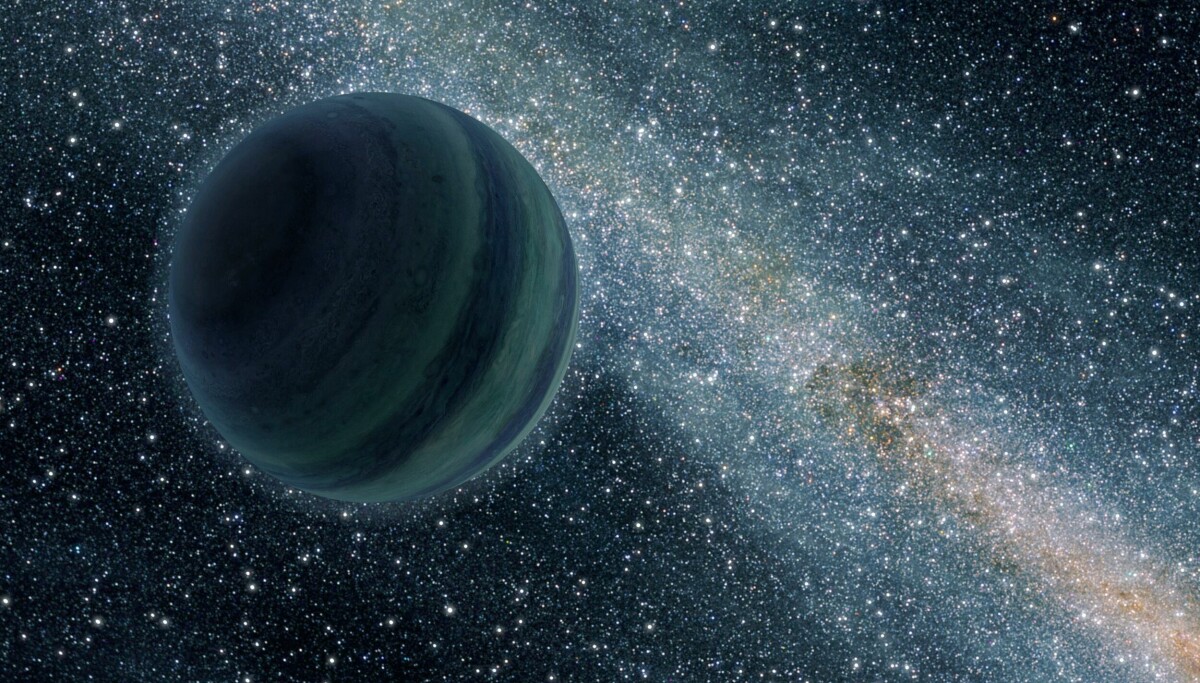space
Moons around free planets may be warm enough to have liquid water – a breeding ground for life.
The free planet or interstellar is not attached to any star by gravity, but moves freely through space. A new study shows that a moon around such a free planet may be hot enough to be habitable Stady.
The scientific article was published in the International Journal of Astrobiology, and astrophysicist Giulia Rocchetti presented the work at the end of March during the period A seminar about the planets.
There may be many places in the universe with habitable conditions. What we are looking for are places where these habitable conditions can be maintained for hundreds of millions or billions of years, says Giulia Rocchetti according to Science News.
The time periods of magnitude that scientists are looking for are required for the emergence of life.
Free planets can also have moons
There are different theories about how free planets formed. One possible way could be clouds of gas and dust in the same way as stars, and another way that they formed in a star system like ours but then lost their way. Computer simulation They suggested that there may be as many free planets as there are stars in the galaxy.
However, planets that are not gravitationally bound to the stars don’t have to be completely alone. Like other planets, it can have moons in orbit around it. And if the moon’s orbit is not a perfect circle, the moon is constantly deformed by gravitational forces.
Friction inside the moon caused by deformation generates heat. This process also occurs in our solar system, for example at the moon Enceladus around Saturn and Europa in orbit around Jupiter. And if the Moon has a sufficiently dense atmosphere, the surface of the celestial body can be kept warm enough for liquid water to exist.
In the new study, the researchers ran 8,000 computer simulations of a sun-sized star with three Jupiter-sized planets. In simulations in which planets escaped the sun’s gravity, the researchers saw that escaped planets often took moons with them. The moons were then examined to see if gravitational heating was present and if it had persisted long enough for potential life to emerge.
Earth-sized satellites were examined
If the moon has a non-circular orbit, it gets heated up due to deformation. But the gravitational forces between the planet and the moon also cause the orbit to eventually become circular, and then the heat slows.
Scientists have assumed that the moons are the size of Earth and have different types of atmosphere. For a moon with an atmospheric pressure like that of Earth, the period during which the moon can be habitable is about 50 million years. If the pressure was 10 times higher, the period would have been extended to nearly 300 million years.
A heavier atmosphere, for example, made mostly of carbon dioxide, could trap heat from friction for longer and provide a longer habitable period. For an atmospheric pressure 100 times higher than that of Earth, just like that of Venus, the period during which the Moon could have liquid water was 1.6 billion years.

“Entrepreneur. Freelance introvert. Creator. Passionate reader. Certified beer ninja. Food nerd.”







More Stories
Logitech Steering Wheel News: New Steering Wheels, Gear Lever, and Handbrake in Direct Drive Series
Garmin Launches inReach Messenger Plus App
Why Rare Earth Metals for Electric Cars Are Crucial for Modern Mobility